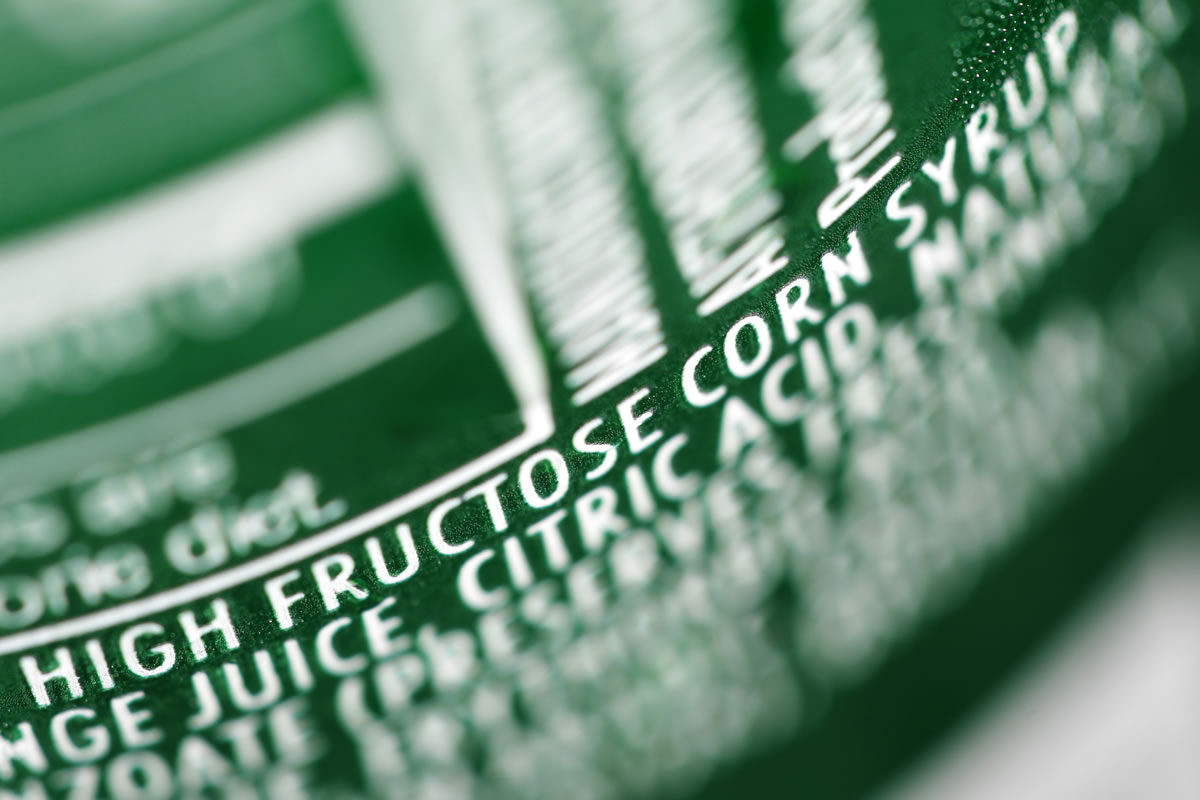American eaters love a good villain. Diets that focus on one clear bad guy have gotten traction even as the bad guy has changed: fat, carbohydrates, animal products, cooked food, gluten. And now Robert Lustig, a pediatric endocrinologist at the University of California at San Francisco, is adding sugar to the list. His book “Fat Chance: Beating the Odds Against Sugar, Processed Food, Obesity, and Disease” makes the case that sugar is almost single-handedly responsible for Americans’ excess weight and the illnesses that go with it. “Sugar is the biggest perpetrator of our current health crisis,” says Lustig, blaming it for not just obesity and diabetes but also for insulin resistance, cardiovascular disease, stroke, even cancer. “Sugar is a toxin,” he says. “Pure and simple.”
His target is one particular sugar: fructose, familiar for its role in making fruit sweet. Fruit, though, is not the problem; the natural sugar in whole foods, which generally comes in small quantities, is blameless. The fructose in question is in sweeteners — table sugar, high-fructose corn syrup, maple syrup, honey and others — which are all composed of the simple sugars fructose and glucose, in about equal proportions.
Although glucose can be metabolized by every cell in the body, fructose is metabolized almost entirely by the liver. There it can result in the generation of free radicals (damaged cells that can damage other cells) and uric acid (which can lead to kidney disease or gout), and it can kick off a process called de novo lipogenesis, which generates fats that can find their way into the bloodstream or be deposited on the liver itself. These byproducts are linked to obesity, insulin resistance and the group of risk factors linked to diabetes, heart disease and stroke. (Lustig gives a detailed explanation of fructose metabolism in a well-viewed YouTube video called “Sugar: The Bitter Truth.”)
Everyone agrees that fructose can be metabolized that way, but not that it always is metabolized that way when people consume it in moderate amounts. In rats, the link between fructose and metabolic diseases is so well established that researchers who want to study insulin-resistant rats feed them fructose to get them to that state. Fructose metabolism research in people, though, is limited by scientists’ inability to kill their human subjects in order to dissect their livers and is further complicated by variation from human to human: Race, sex, exercise, melatonin, probiotics and antioxidants, among other things, affect how our bodies deal with fructose.



